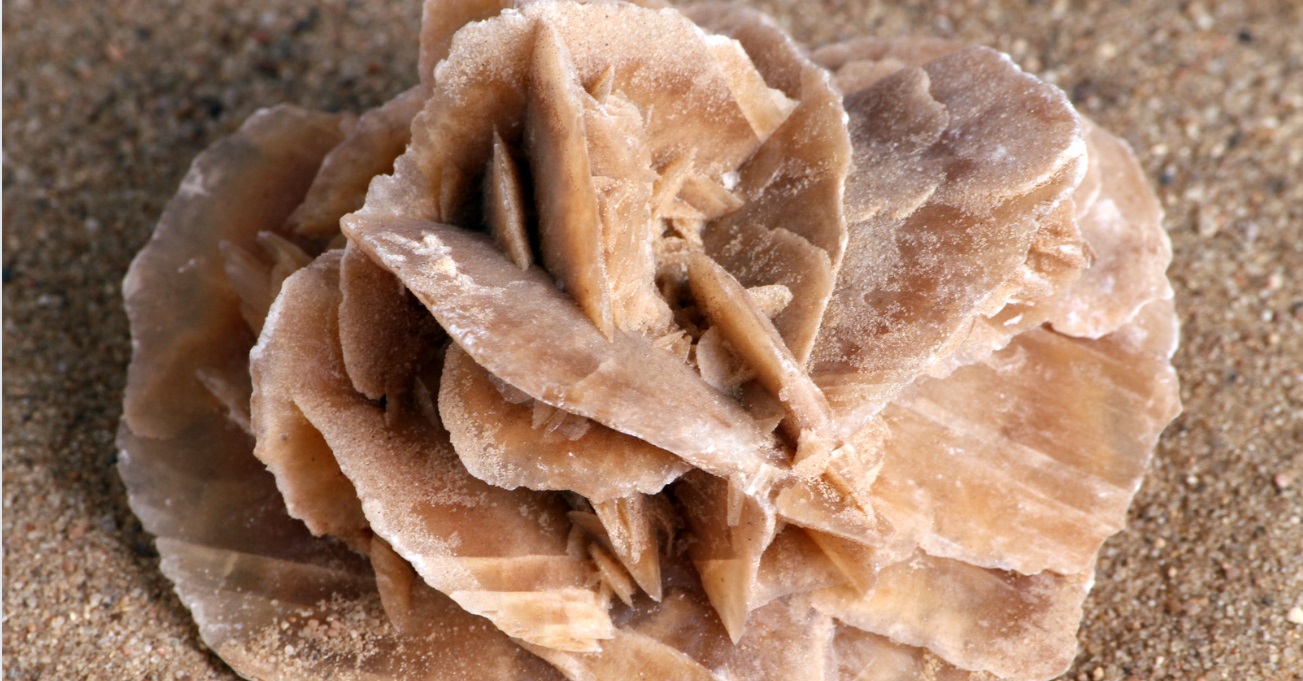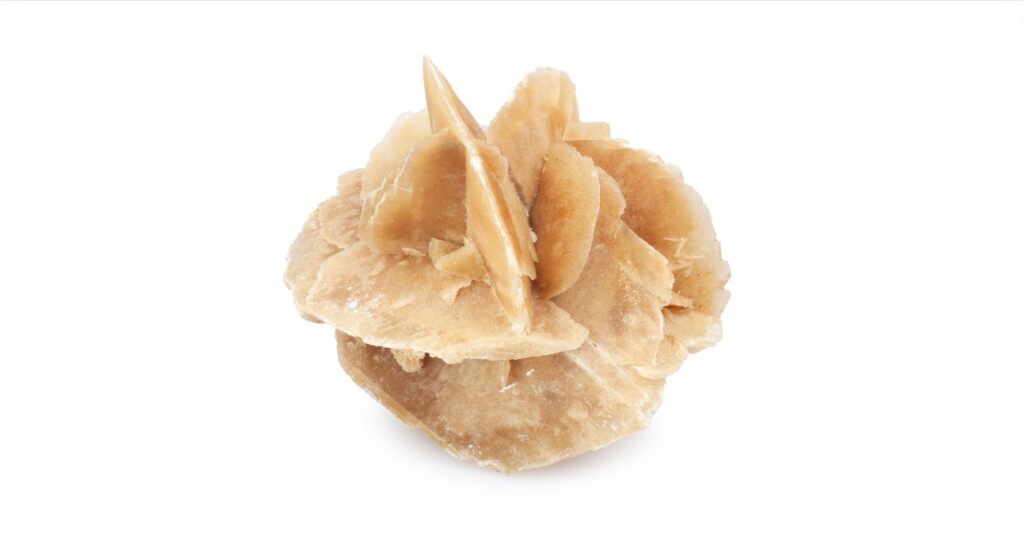Unveiling the Mystique of Desert Rose: Nature’s Sculptural Wonder

Have you ever stumbled upon a Desert Rose and marveled at its otherworldly beauty? This geological marvel, often mistaken for a flower, is a crystalline formation found in arid regions worldwide. Let’s embark on a journey to unravel the enigma of the Desert Rose.
What is a Desert Rose?
Contrary to its floral name, a Desert Rose is a formation of gypsum crystals that naturally occur in desert environments. These formations typically resemble petals of a rose or intricate sand-blasted sculptures, ranging in size from a few centimeters to impressive meter-wide clusters.
Formation and Origins
Desert Roses are born from a fascinating alchemy of elements and time. They form when minerals like gypsum crystallize around a central point in arid, sandy conditions over thousands, even millions, of years. This process involves the interaction of water, wind, and the perfect mineral composition, resulting in their unique shapes and often translucent appearance.
Global Presence
While Desert Roses are commonly associated with the deserts of Arabia, they can be found in various desert landscapes globally. From the deserts of Mexico and the southwestern United States to parts of Africa and Australia, each region lends its distinct character to these geological wonders.
Cultural Significance
Beyond their geological allure, Desert Roses hold cultural significance in various traditions. In many cultures, they are believed to carry protective qualities, symbolizing endurance and growth in harsh conditions. Their intricate formations have inspired artists, architects, and storytellers alike, weaving their beauty into art and folklore.
Prized Collectibles
Due to their rarity and unique beauty, Desert Roses are highly prized by collectors and enthusiasts worldwide. Their delicate forms and often intricate crystalline patterns make each specimen a coveted addition to geological collections and decorative displays.
Preservation and Conservation
Despite their resilient appearance, Desert Roses are fragile and can be easily damaged. Conservation efforts are crucial to protect these natural wonders from over-collection and environmental degradation in their native habitats.
Conclusion
In essence, Desert Roses stand as a testament to the artistry of nature and the profound beauty that emerges from the harshest environments on Earth. Whether you encounter them in a museum exhibit, a desert landscape, or the pages of a geological study, their allure remains undiminished—a reminder of nature’s capacity to inspire and astonish.
Next time you gaze upon a Desert Rose, remember the intricate tale of its creation and the millennia it took to sculpt such a masterpiece. Embrace the wonder of nature’s geological artistry, encapsulated in every delicate petal of this extraordinary crystal formation.

